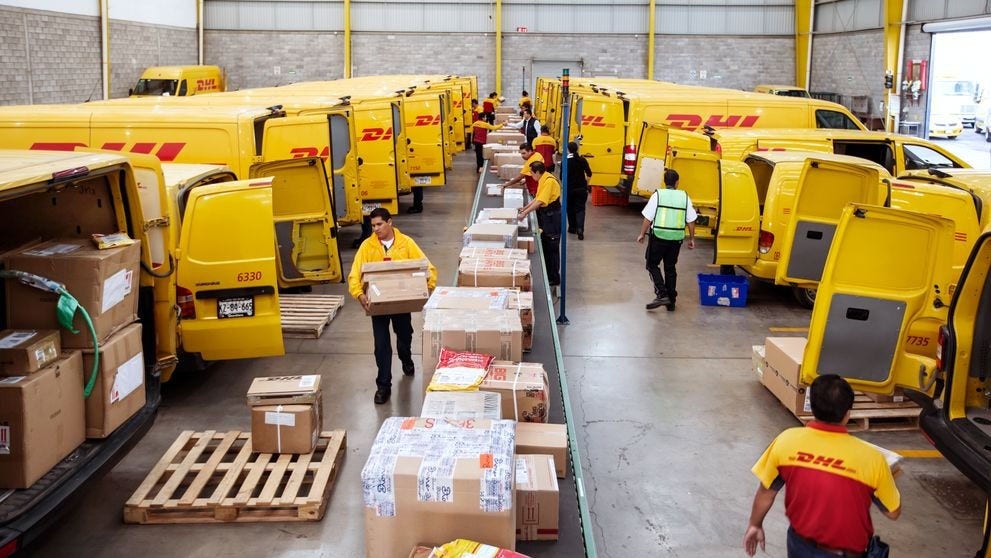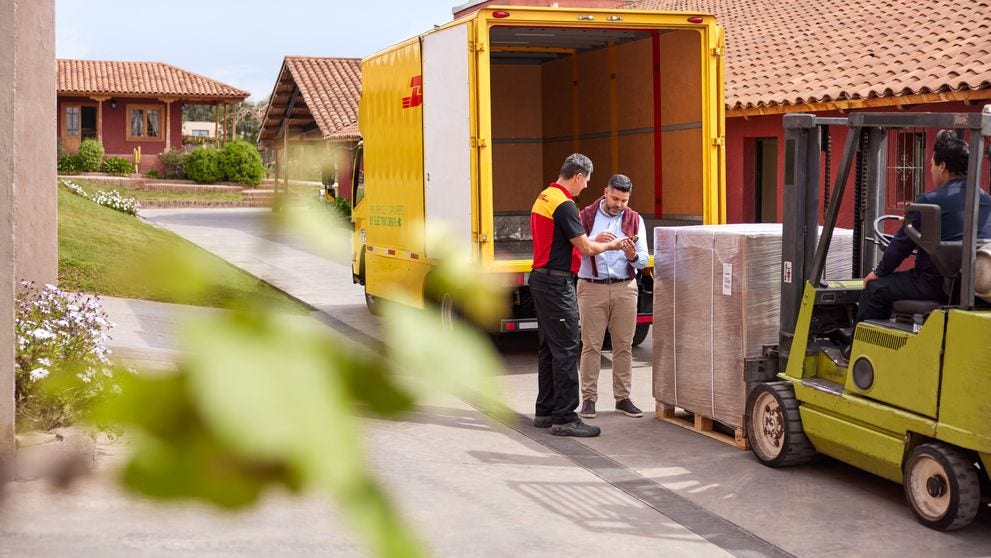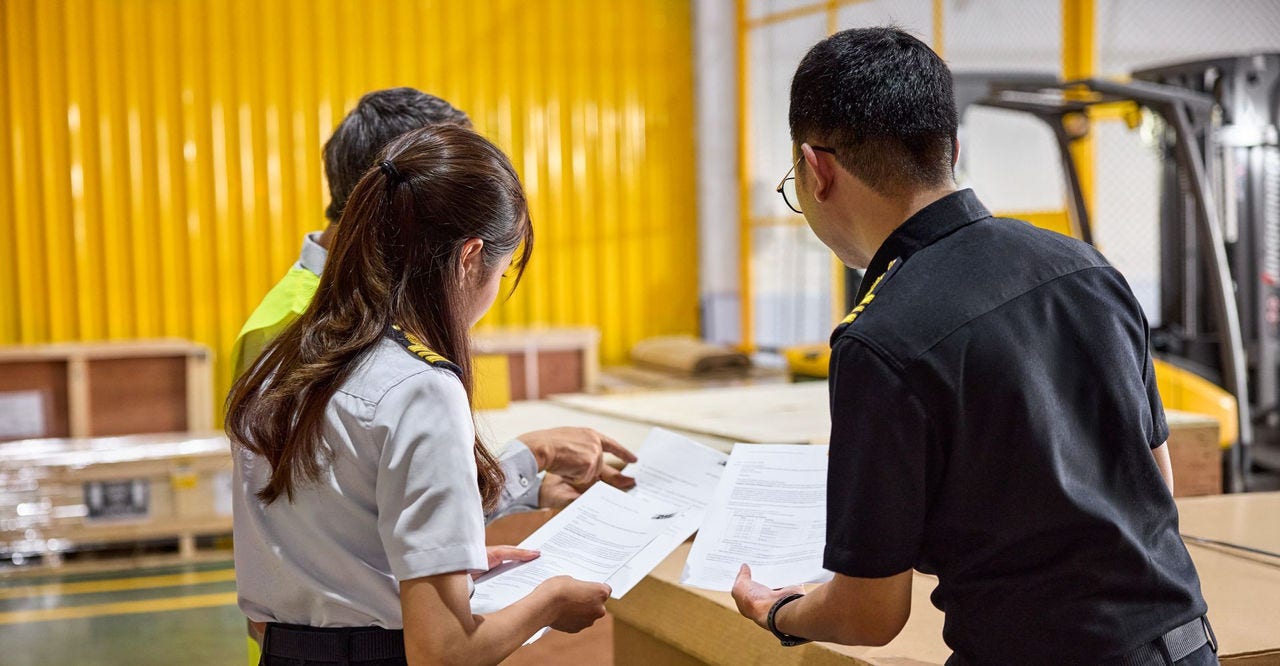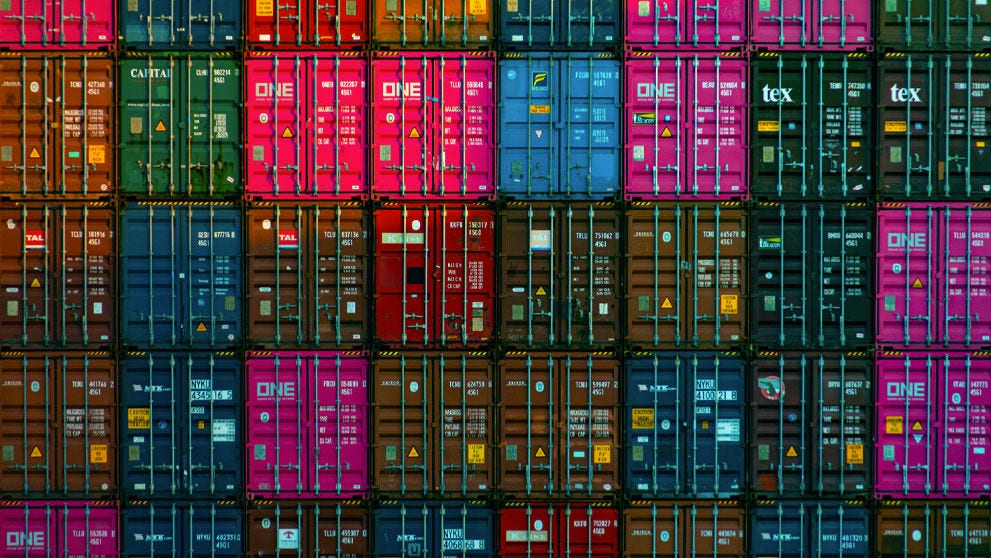Ultimately, smart strategies must be used to actively manage both freight expenses and regulatory risks when shipping from India. These include maximizing efficiency through shipment consolidation, using lightweight and smaller packaging to minimize volumetric weight charges, and strategically leveraging government schemes such as RoDTEP as well as FTAs.
In this journey, DHL Express stands as the ideal partner. With their specialized international courier services, including MyGTS, expert customs compliance, and robust online shipment tracking, they ensure the entire export workflow is optimized for speed and maximum savings.
Start building a more innovative and profitable export strategy today. Open a DHL Express business account and get the tools and expertise you need to save on every shipment.
Frequently asked questions about how to reduce shipping costs




































